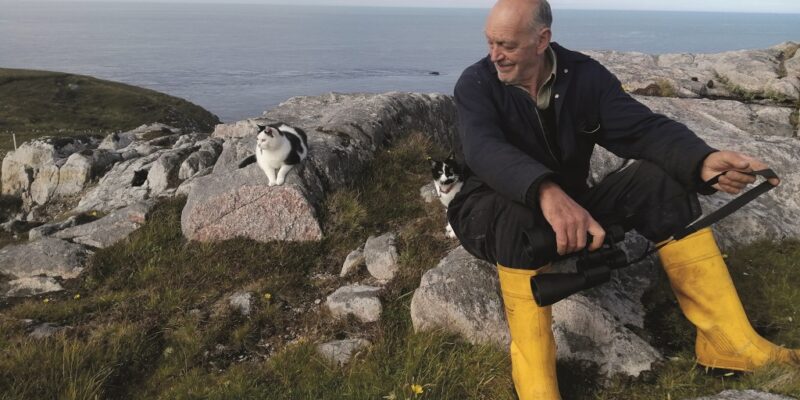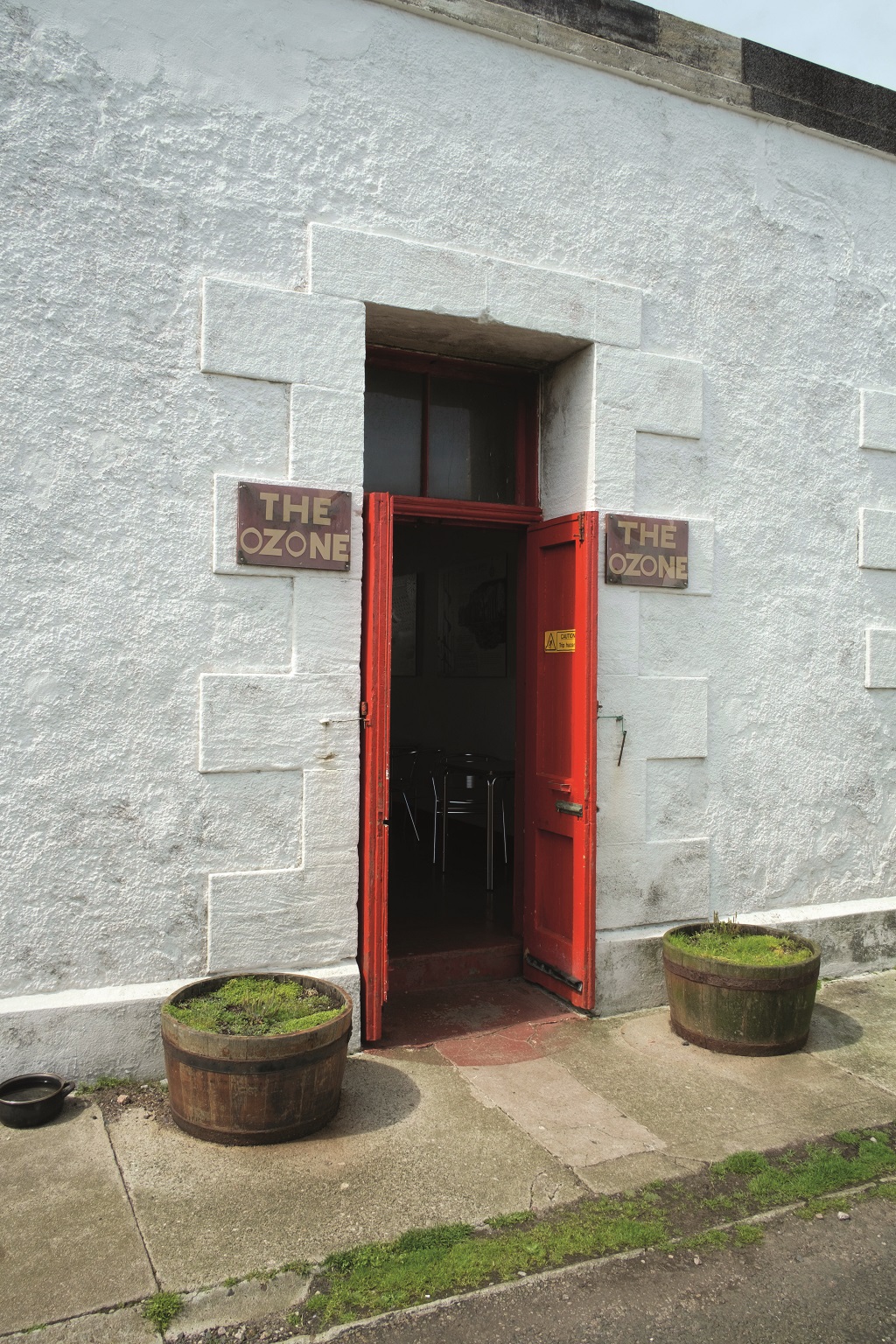Meet the man who is no stranger to isolation: John Ure, owner of the most remote cafe and bunkhouse in the UK at Cape Wrath
MORE FROM SCOTLAND MAGAZINE
Cape Wrath is one of the most inhospitable places in Scotland. In February, it is often impossible to go outside without being blown off your feet by gales howling in off the Atlantic Ocean and even when the wind drops, snowdrifts leave it cut off from the rest of the country.
But Cape Wrath is home for John Ure, and he wouldn’t have it any other way, whatever the weather may bring. Just getting there is an adventure in itself, involving a journey across the narrow Kyle of Durness on a small boat and an 11-mile trip up a bumpy, single-track road.

Cape Wrath covers more than 100 square miles on the far north-west point of Scotland, separated from the rest of the mainland by the tidal Kyle of Durness to the east and miles and miles of open, boggy moorland to the south. At the tip is a lighthouse, perched on 921-foot cliffs, the highest on mainland Britain. It is surrounded by Britain’s biggest bombing range – the only place in Europe where 1000lb bombs can be dropped, leaving the area closed for ‘war games’ up to 120 days a year.
However, John manages to successfully run the adjacent Ozone Cafe and a bunkhouse with his daughter, Angela, and welcome more than 6,000 people a year .
It was 25 years ago that John and his late wife Kay arrived at this outpost on the most north-westerly tip of the mainland. The reason for being there was simple: “We had three small kids in Glasgow and didn’t want them to grow up there,” he says.
They had joined a charity run by Historic Environment Scotland, which aimed to save buildings at risk. First, they tried to move to Ardnamurchan Lighthouse, further down the west coast but they missed that opportunity. Then they found buildings at Cape Wrath were available on a £1-a-year lease after being compulsorily purchased by the Highland Council. The lighthouse tower is still owned and operated by the Northern Lighthouse Board, but the former Principal Lighthouse Keeper’s house and the machine room have been transformed into a home, cafe and now a bunkhouse.

John says conditions were harsh at first: “It was really hard to start with because there was no power and water. The first 10 years we spent renovating; it was derelict more or less.” And it is no understatement when John, who used to run a roller shutter business, says: “It changed my life completely.”
Even with generators, thick walls and a water supply, the weather can make Cape Wrath a tough place; winds have been recorded at more than 100mph.
John says: “February is the worst. It is storm force for most of the month. You can’t go out really. You can get coal from the shed, but you can’t go up the hill or anything like that because you would get blown off your feet – it shoves down some of the (drystone) walls.”
“I find it quite entertaining. Once you get the fire on you can sit and watch the sea being wild, it is quite nice. The walls of the house are quite substantial.”
Despite the harsh climate, John says visitors, who come from across the globe, are attracted by the remoteness on one of the four corners of the British mainland. Many tourists arrive via the Kyle of Durness boat, followed by a minibus ride along the single-track road, while others use their own power to reach the remote spot, following long-distance footpaths, such as the Cape Wrath Trail, or arriving on mountain bikes.
A new bunkhouse has proved popular among the walkers and mountain bikers, and it can be handy when the weather gets bad. “It is quite a regular thing to have people stranded. It’s a case of sitting it out when the weather is really bad. As long as they get here, we can cater for them because we have plenty of supplies.”
The small boat that runs across the Kyle of Durness only operates in the summer months, so John has his own boat and vehicles to get supplies, although even that can be a major operation, especially in winter.
In 2009, John’s late wife Kay left home in December to buy a turkey and other festive food in Inverness. On her return she discovered the 11-mile single track road to the lighthouse was blocked by heavy snow and had to spend Christmas Day in a friend’s caravan in Durness. John, meanwhile, shared the time with the couple’s six dogs and two walkers who had stopped at the cafe. John and Kay were not reunited until 19 January 2010.
John spends the winter months renovating the buildings and making repairs to the storm-battered buildings, as well as watching the local wildlife. As you might expect, whales, dolphins and porpoises abound, but there are plenty of animals on land as well.

“People think it’s pretty barren out here, but we have a fox and a badger come to the door every night for food, and 40 deer come into the garden most nights. Two sea eagles arrived last year and reared a young chick on the cliffs. There are golden eagles and peregrine falcons as well.”
Much of the surrounding land is owned by the Ministry of Defence and exercises at certain times of the year mean access to and from the lighthouse is restricted. But John says it all works very well: “We have an excellent relationship with the MoD, they couldn’t be nicer.”
“If I phone them up and say I have to go out for some reason, they will give me a time window within which I can return – they are very flexible.” Amid the fierce weather, visitors, military bombing exercises and cacophony of wildlife, there is one thing that John keeps referring to that makes Cape Wrath the ideal place to live and work for him. “It’s the isolation,” he says.
Read more:
MORE FROM SCOTLAND MAGAZINE

SCOTLAND MAGAZINE
Published six times a year, every issue of Scotland showcases its stunning landscapes and natural beauty, and delves deep into Scottish history. From mysterious clans and famous Scots (both past and present), to the hidden histories of the country’s greatest castles and houses, Scotland‘s pages brim with the soul and secrets of the country.
Scotland magazine captures the spirit of this wild and wonderful nation, explores its history and heritage and recommends great places to visit, so you feel at home here, wherever you are in the world.